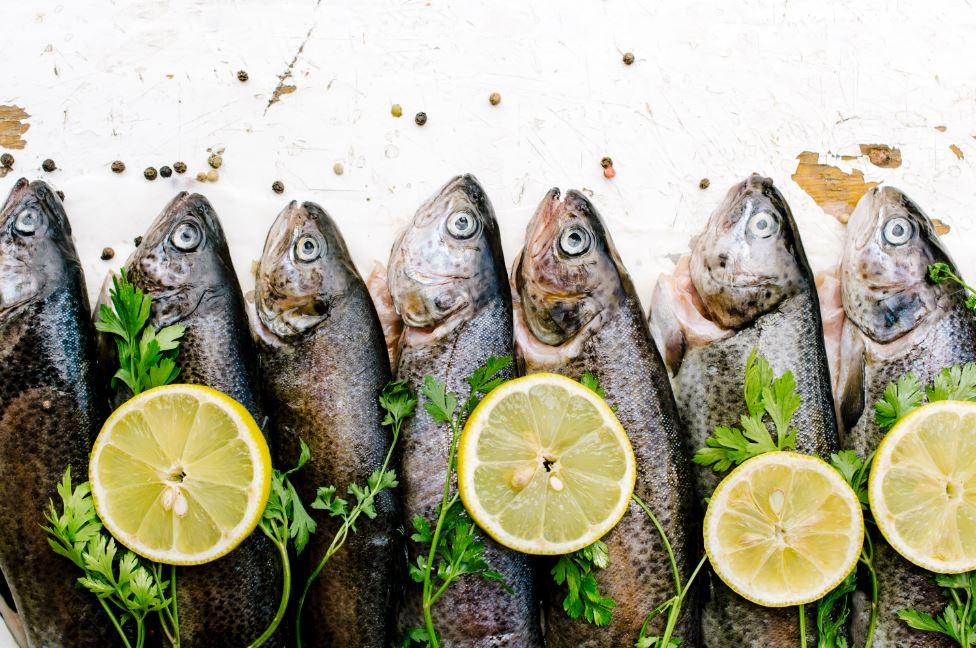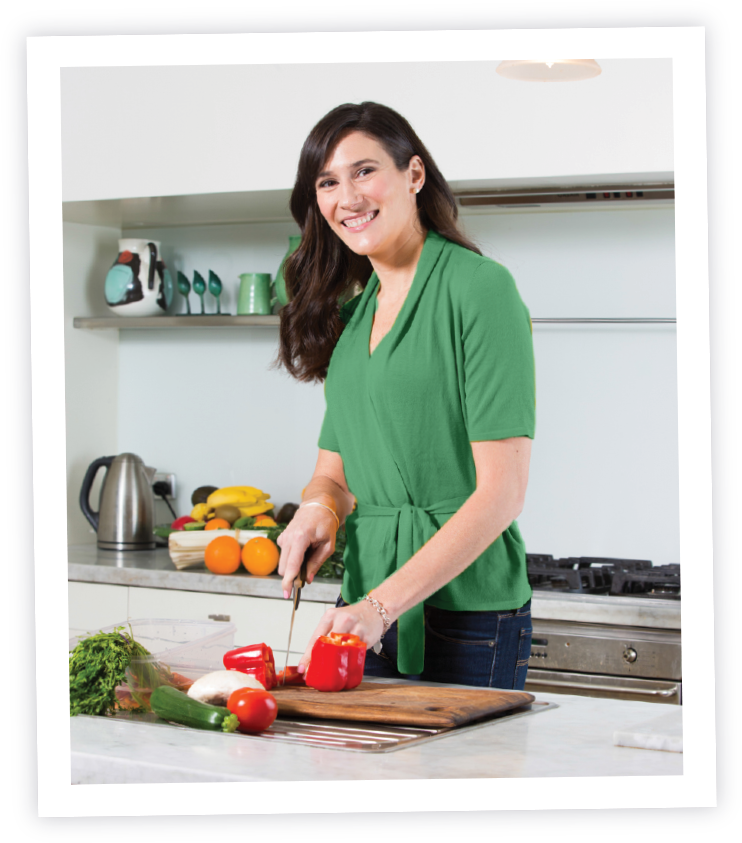
Healthy fats form a crucial part of our diet, providing our body with energy and transporting fat soluble vitamins
One healthy type of fat is omega-3, which is a beneficial polyunsaturated fatty acid (PUFA) found in some foods. It plays an important role in the functioning of our brain, immune system, and plays a role in reducing inflammation and improving blood cholesterol.
There are three main types of omega-3 fatty acids which include ALA, EPA and DHA. These are considered essential as your body is unable to produce them itself so we need to get them from our diet. Sources of ALA include foods like nuts, seeds, soy beans and eggs and we can find DHA and EPA in some types of seafood, including fish like salmon and tuna.
So which is the best food source of omega-3? Let’s compare some different types of popular omega 3 rich foods to work out which is the best one for you!
How much omega-3 should I be having per day?
The Australian Guidelines currently recommend that healthy adults have at least 500mg of omega-3 (DHA and EPA) per day. For those who love their seafood as much as I do, you can meet this by eating 2-3 serves of oily fish per week.
Despite some of the plant-based sources like flaxseeds, chia seeds and walnuts being high in omega-3, they mostly contain the ALA form of the fatty acid. Although ALA can be converted to DHA and EPA by our bodies, the actual conversion is quite low so if possible, try and obtain your DHA and EPA from a marine-based source.
In addition, eating 100g worth of flaxseeds or chia seeds is not the tastiest option to chomp away on, so eating a bit of salmon at dinner or lunch might be an easier one to go with!
Omega 3 requirements can vary between people with different health conditions so it is important to work out your needs with your GP or dietitian.
For example, research has shown that for the reduction of inflammation in chronic health conditions such as arthritis, a dose of 2.7g (2700mg) of omega-3 is required daily. Adults with cardiovascular disease risks, mental health concerns or joint pain are recommended to consume around 1000 mg per day and adults with elevated triglyceride levels should consume 1200-1400mg daily.
In such cases, it may be difficult to consume adequate levels of dietary omega-3, so supplements may be needed. There is a wide range currently available including fish oil, krill oil and even algae oil, so talk to your dietitian to help you work out the best one for you.
If you are currently pregnant or breastfeeding, your omega-3 requirements will be similar to the needs of a healthy adult. Although you do need 500 mg of omega-3 daily, it is important to focus on getting 200mg of DHA as part of that total amount. DHA plays a key role in the formation of your child’s brain and eyes during your pregnancy, and continues even up to the ages of two!
DHA is also involved in brain function and alongside helping to reduce the effects of age-related cognitive decline, studies have also shown that lower rates of post-natal depression were seen in women with a higher consumption of DHA from seafood. So getting enough DHA and omega-3 is not only important for nourishing your little one, but also for you!
So which source of omega-3 should I choose?
Salmon or seafood are usually the best option as these foods are also rich in other nutrients and the omega 3 is readily absorbed by the body. If you are vegetarian, vegan or aren’t currently meeting your requirements, ensure you are eating plenty of flaxseeds and chat with your dietitian to find the best supplement for your current needs.

Get nutritious recipes
straight into your inbox!
Send your details now to receive Melanie’s recipes designed around a range of dietary needs including improved fertility, weight loss, general heath and wellbeing through improved nutrition. Receive the recipes specific to your needs.
As seen in






